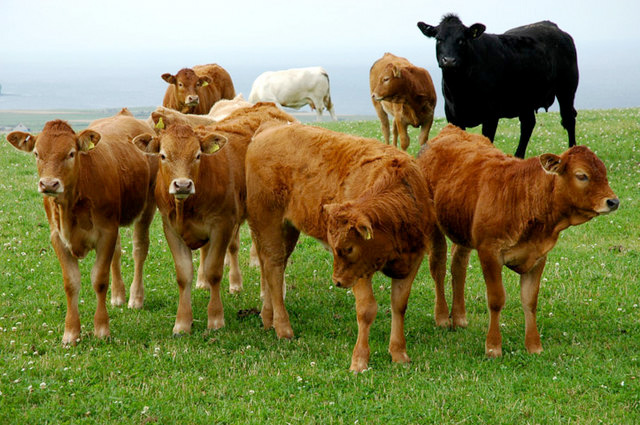
Beef demand growth will continue to come mainly from China as farmers take little interest in expanding production despite strong profits and increasing government support, according to a new report.
Ongoing shortages in the Chinese domestic market will continue to support rising imports of frozen beef, with Australia remaining the biggest supplier accounting for 53% of total import volume in 2013. They might open their market to Brazilian beef soon.
“Prospects for the global beef industry remains positive in Q2, with further possible upside due to continuing pressured beef supply and scarce supply of competing proteins which will continue to impact competitive positions” explained Rabobank Analyst, Albert Vernooij.
“Brazilian cattle prices and exports have surged to record levels, and Australian droughts have encouraged historically high slaughter levels to meet global demand”.
Despite high local prices, strong profitability along the supply chain and increasing government support, beef cattle raising remains unattractive for farmers. This is due to the long production cycle, higher capital requirement and limited credit access compared with other livestock businesses.
In Q1 2014, Chinese beef farmers' profits reached CNY 1,643/head (each head equals 500 kilogrammes), slaughtering profitability increased also.
For Q2, along with the weak demand in the season after the Spring Festival, profitability is expected to decline slightly across the supply chain.
High international beef prices will limit the affordability of expensive beef in China. The average import price of frozen beef slightly dropped to USD 4,224/tonne, down 67.5% from 2012. Meanwhile, exports dropped 52% due to tight domestic supply and high local prices.
Australia remains the biggest supplier to China, accounting for 53% of the total volume in 2013, followed by Uruguay (29%), which is catching up rapidly because of its competitive prices.
US: Volatility was the biggest factor impacting the US cattle complex in Q1 2014. The exploding hog market due to the rapid spread of PEDv will be the wildcard in the coming months. The shortage in hog slaughter could have a significant impact on total meat supplies strengthening beef demand during the spring grilling season and into summer.
Australia: Poor climate conditions are keeping slaughter levels historically high, but strong international demand has supported record boxed beef exports in Q1. The latest seasonal outlook predicts a drier-than-normal period for Queensland and northern NSW and a continued high flow of cattle to markets is expected.
Brazil: Expected continued strong demand, both domestic and export, will result in firm cattle prices in Q2 2014 and likely beyond, even in periods of strong supply. Domestic demand is likely to increase on the back of the World Cup and presidential elections, while exports will be driven by the continued depreciation of the US dollar.
New Zealand: Export prospects are positive with strong demand likely from the US and China. However, the relatively high New Zealand dollar continues to put downward pressure on returns, eroding international competitiveness.
Canada: The long and extreme winter has been taxing, forcing increased feed usage. This escalation, in conjunction with cattle shipments to the US means Canada is rapidly going through their available cattle supply with limited interest in herd expansion.
Argentina: Exports are expected to remain low as government limitations on export markets continue, with the aim of keeping domestic meat prices low.
China: Ongoing shortages in the domestic market will continue to support rising imports of frozen beef, with Australia remaining the biggest supplier accounting for 53% of total import volume in 2013.
Mexico: Mexico’s beef sector will continue operating under tight margins into Q2 2014 as beef and cattle prices remain high and lacklustre consumption continues.
EU: With EU markets more or less in equilibrium, beef prices are expected to hold firm at their current levels. Supply of cattle will remain stable while import growth will continue its steady increase of about 10%.
